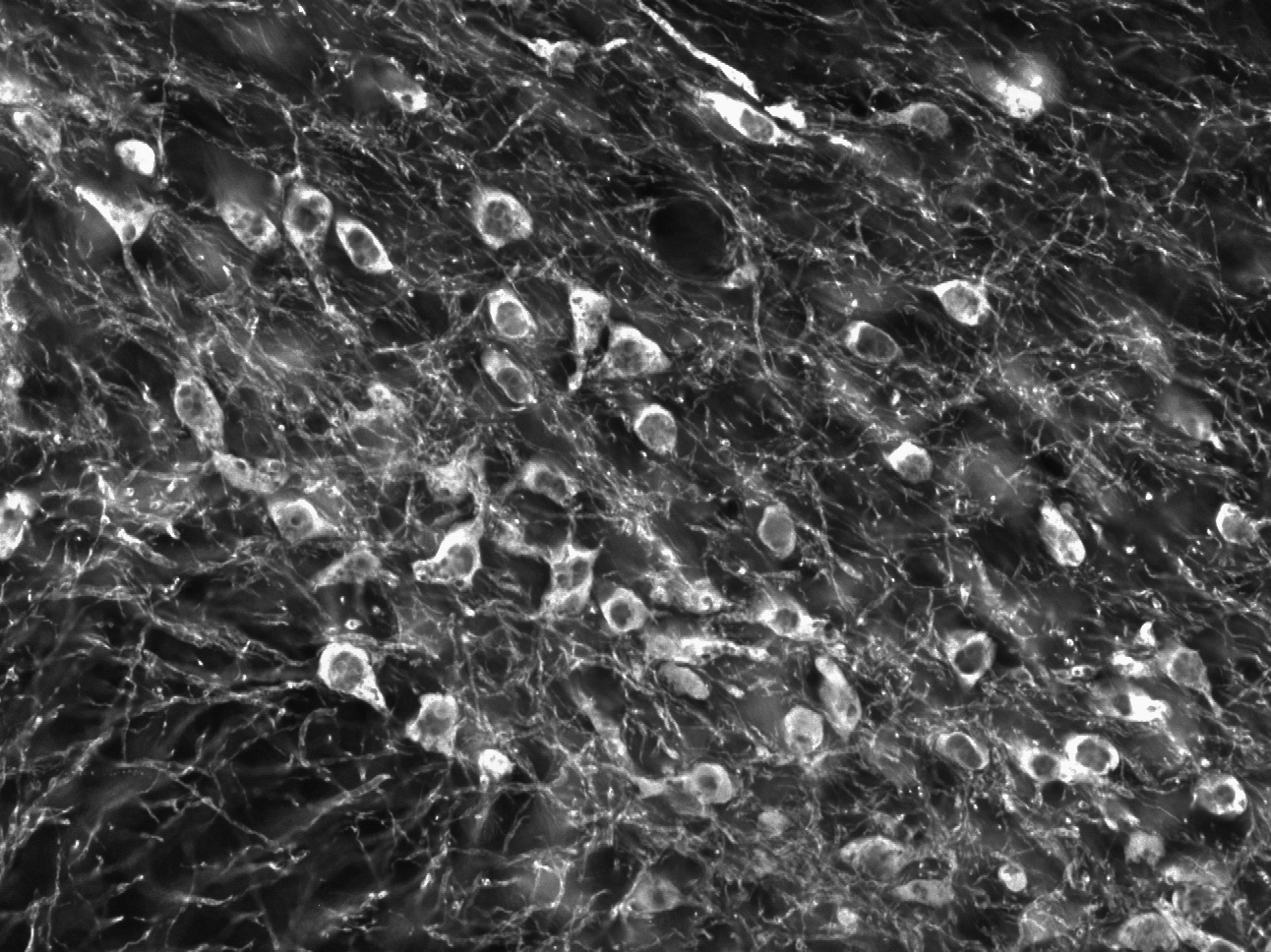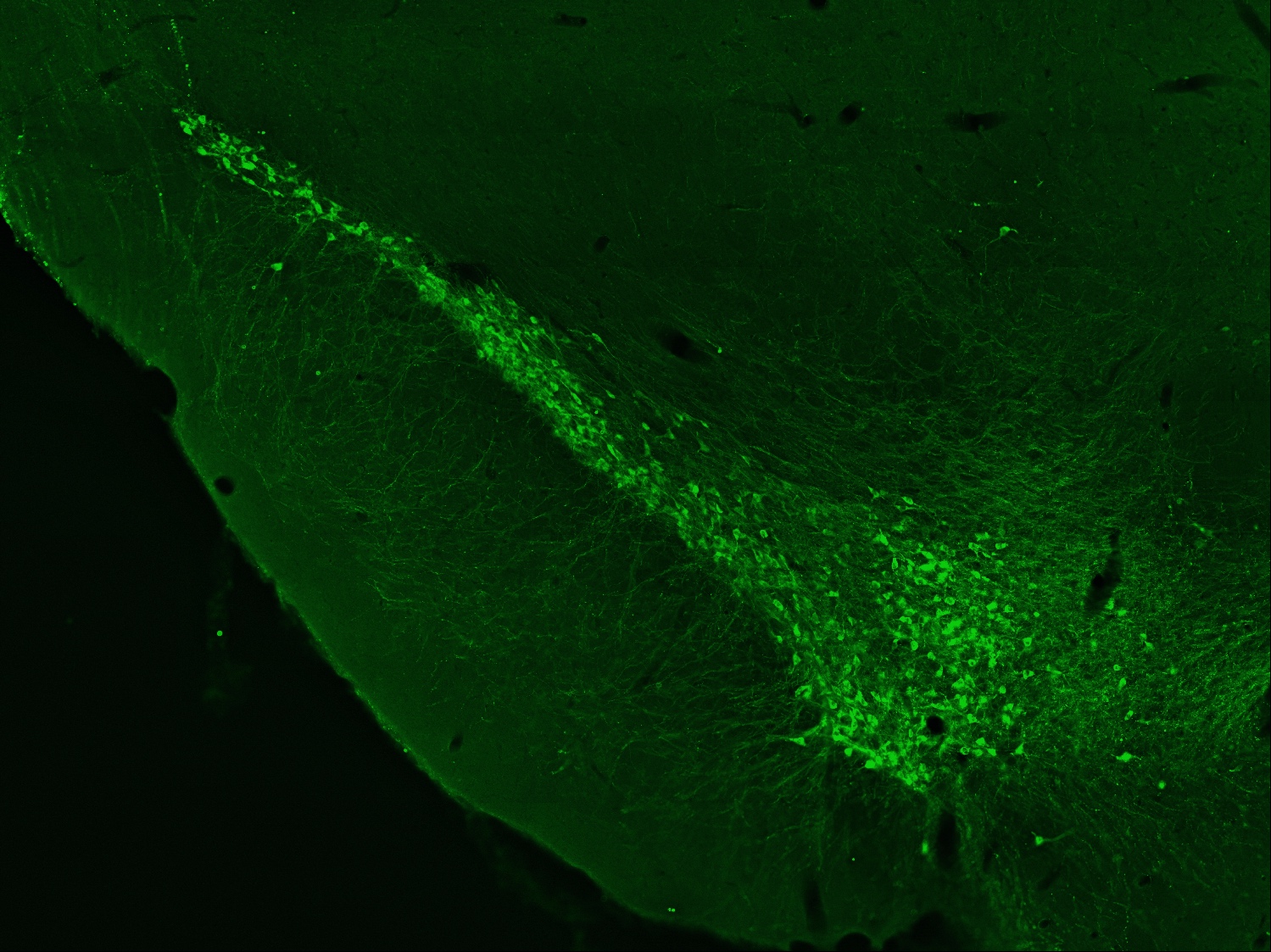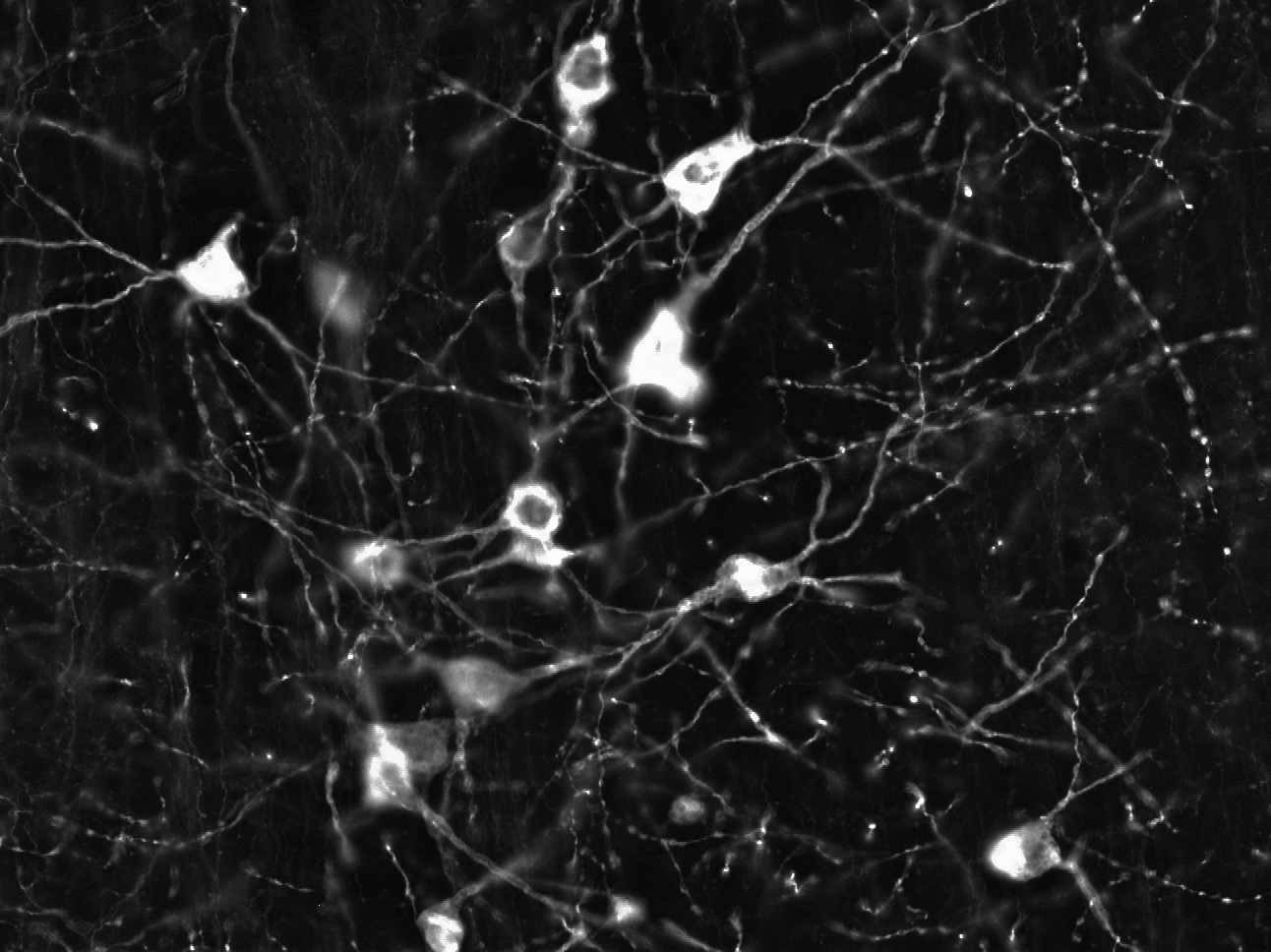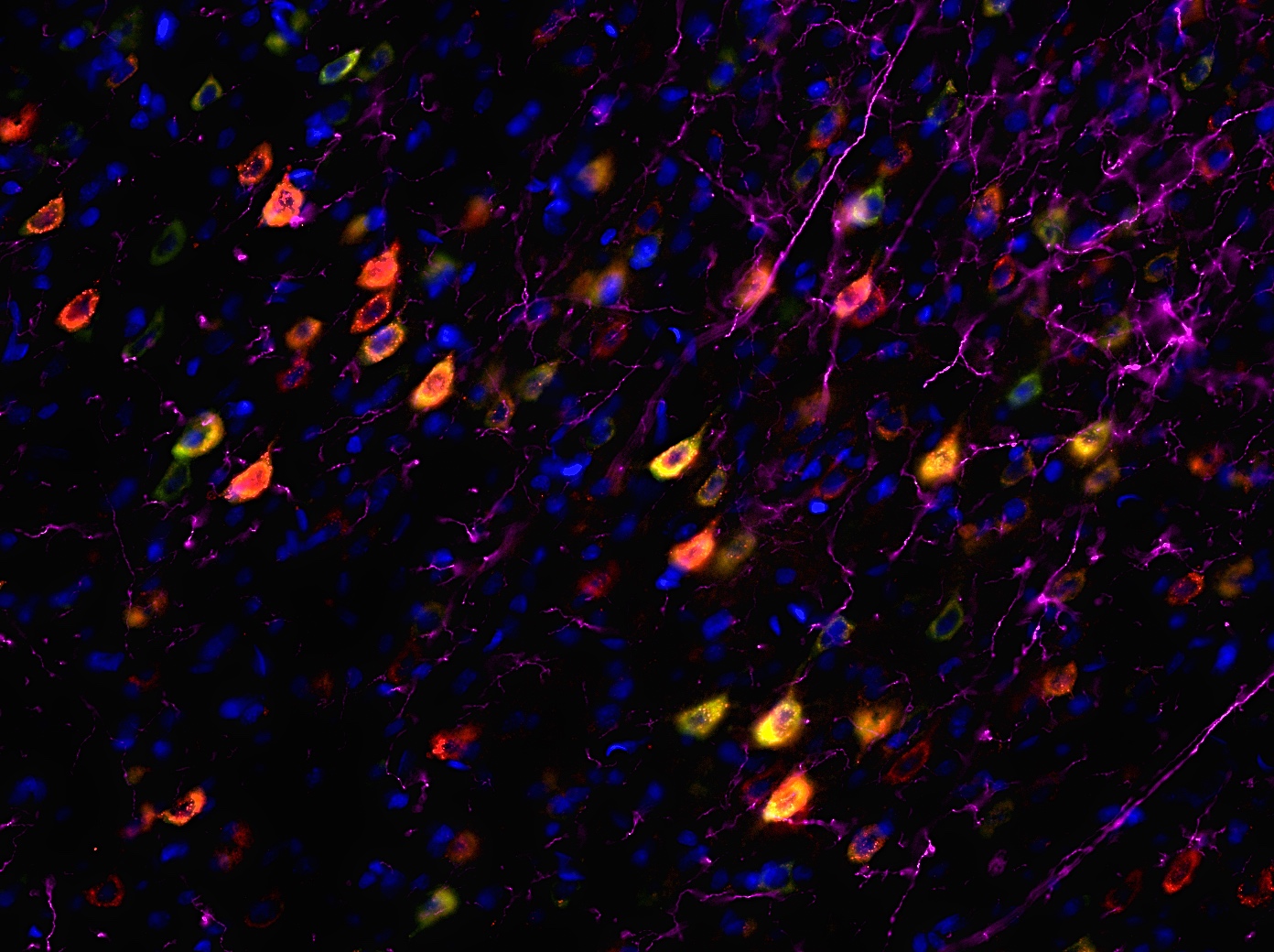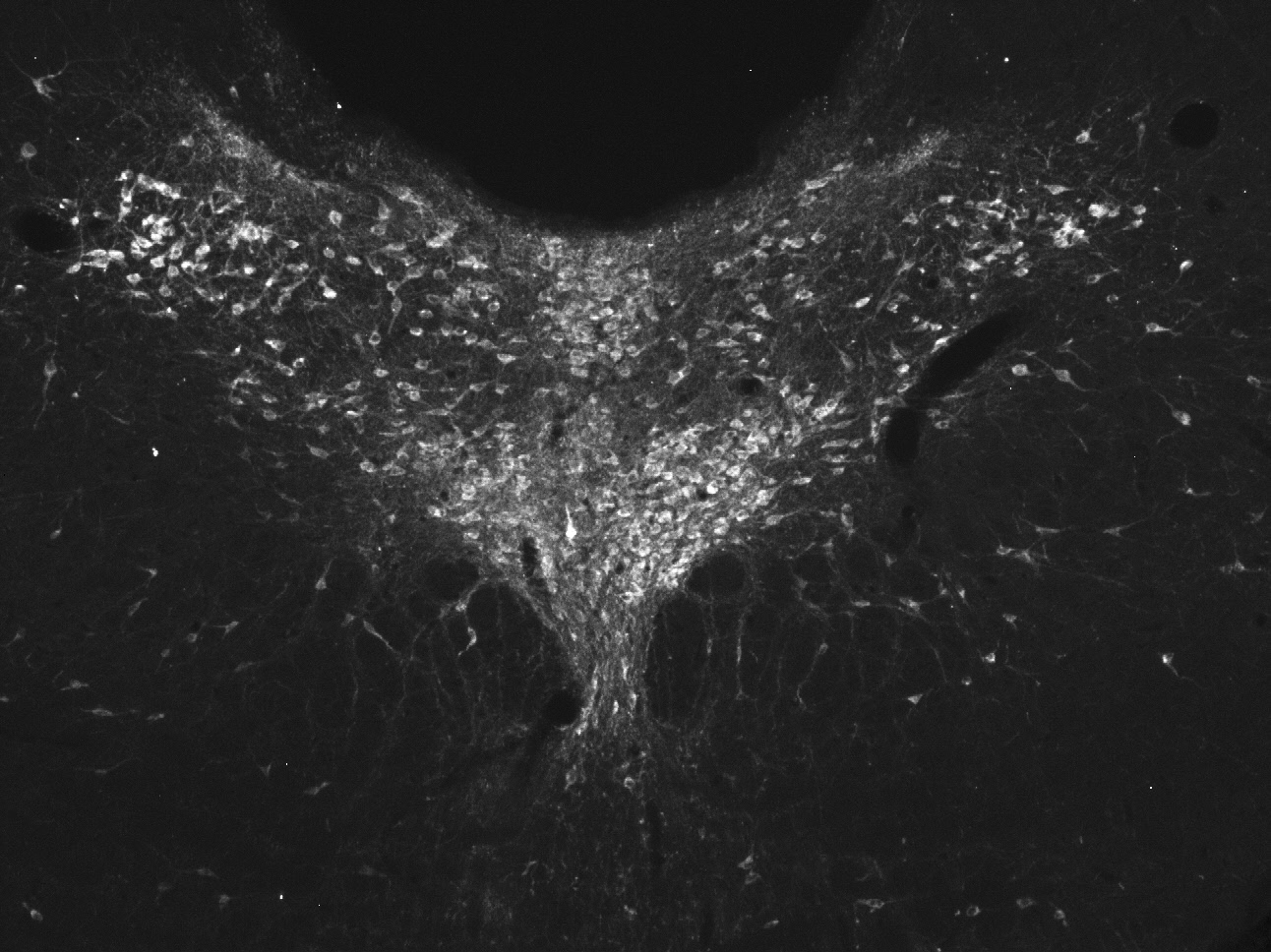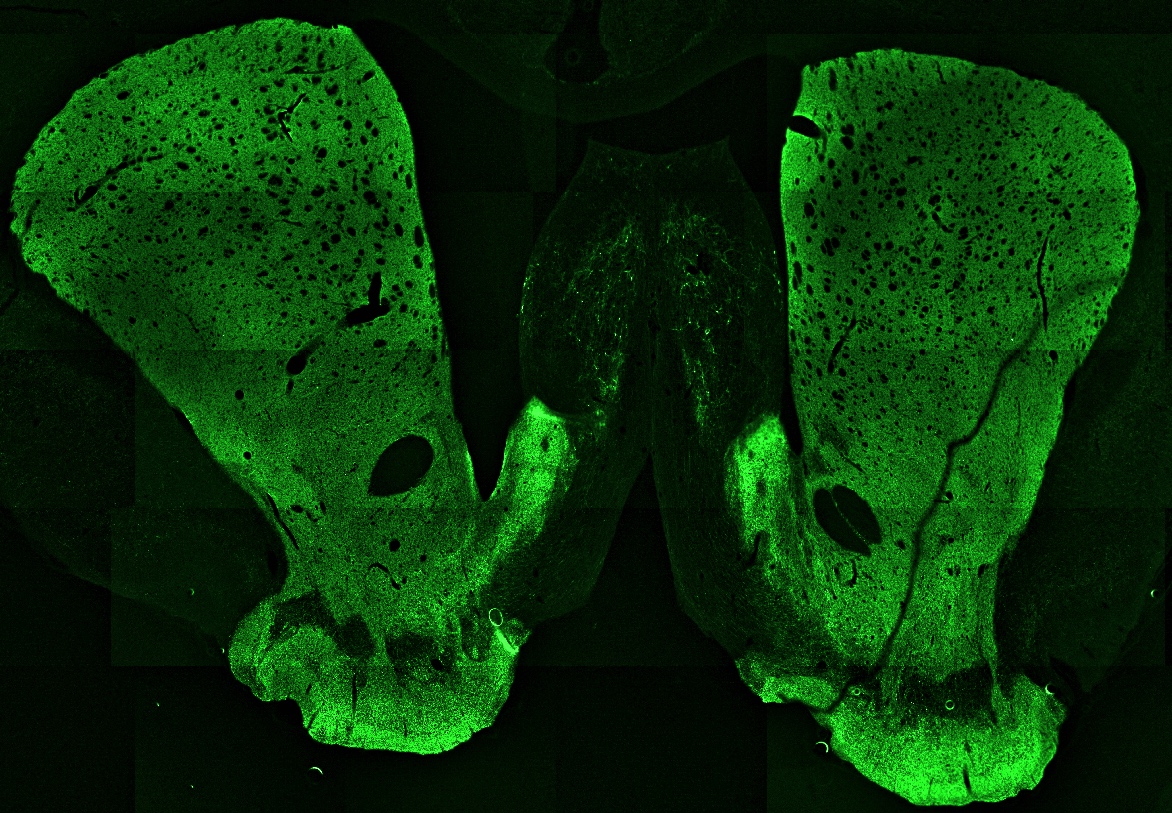The Saddoris Lab conducts work to understand how animals make decisions in their everyday life. Decision making can often feel effortless given how often we as people make choices on a regular basis. However, decision making involves many different processes that combine to help us arrive at the best outcomes. For example, even decisions as routine as “what should I eat for lunch today?” involve making predictions (what will I want to eat later?), anticipating values associated with the available options (preferring takeout to cold leftovers), while also considering the costs, e.g., takeout costs money while leftovers are free, and leaving the lab to get food costs time I could be using on other work. Animals in the wild also make these decisions, but lacking the modern conveniences of takeout, are often faced with stark tradeoffs in their motivated behaviors: seek food and water or become weak from malnourishment? Seek food and water despite risk of predators seeing and attacking? What information can be used to detect whether there are risks present, what kinds of positive outcomes can be expected, and how can these conflicts be resolved?
To answer these questions, the Saddoris Lab uses a variety of novel behavioral models in concert with cutting-edge neuroscientific approaches to understand how the brain solves these tasks. Building on previous work in decision making tasks1,2, we are using sophisticated behavioral approaches to tease apart the relative contributions of reward and risk in a continuous gambling task. By independently manipulating aspects of reward payouts and risk and effort costs, we can identify the mechanisms by which subjects solve these tasks to optimize “winnings”. We can then ask how the brain solves these tasks. We are currently using in vivo electrophysiology and fiber photometric calcium imaging approaches to identify how specific circuits in the brain respond to task demands and update in the face of losses and gains. This work is generously supported by the Whitehall Foundation.
Second, Dr. Saddoris has had a long-standing interest in understanding how decision-making and even basic features of learning can be profoundly altered by experience with drugs of abuse. While many essential insights into drug abuse have followed how brains respond to drug-associated stimuli as they transition from a drug-naive to a more addicted state, work from the Saddoris Lab has taken a slightly different approach to these questions by asking how subjects with experience with drug self-administration learn about “normal” (i.e., non-drug) events in the world. We use this approach to learn about how the brain has been altered not just for processing drug-related information, but information as a whole. We have shown now that neurons in the nucleus accumbens (NAc), a primary target for the actions of drugs of abuse, are persistently impaired at learning about cue-food associations even months after the end of drug-taking episodes3,4. Furthermore, dopamine signaling in this area likewise remain impaired in a way that seems to prevent normal learning5,6,7. These findings provide insight into why treatments are challenging in addiction, as the brain has been persistently augmented in a way that makes new learning (such as in therapeutic treatment and developing healthier coping strategies) less effective. We are now looking for new approaches to restore these lost functions.
One possible mechanism to understand why these drug-associated changes in neural function are so profound may involve aspects of stress. It is known that stress can trigger relapse episodes, and that negative emotions like stress, depression and anxiety, may put individuals at increased risk for drug taking behaviors. However, stress may take many forms, some of which feel out of our control and therefore can feel helpless, but some stress may be potentially beneficial. For example, there may have been times when you have overcome a stressful encounter and felt that that experience made you more resilient and better able to cope with events in the future. We have evidence that our subjects may also display these bidirectional susceptibility/resilience markers in their behaviors, and we are investigating whether these differences may alter drug relapse and/or susceptibility to drug addiction. This work is being generously supported by the National Institutes on Drug Abuse (NIDA R01), the Brain and Behavior Foundation (NARSAD Young Investigator) and a graduate training fellowship (NRSA).
Finally, the Saddoris Lab is conducting work on how circuits contribute to brain health following drug experience. To this end, we are using optogenetic approaches in conjunction with real-time neural activity recordings during behavior (electrophysiology and fiber photometry) to identify how pathway-specific manipulations of specific cell populations may mitigate or even reverse drug-associated impairments in the reward and learning pathways. This work has been supported by the NIDA Pathway to Independence Award (K99/R00) and is currently supported by work in collaborations with Dr. Ryan Bachtell (NIDA R21) and Dr. Bob Spencer (NIMH R01).
Sugam JA, Saddoris MP, & Carelli RM (2014). Nucleus accumbens neurons track behavioral preferences and reward outcomes during risky decision making. Biological Psychiatry 75(10):807-816
Saddoris MP, Sugam JA, Stuber GD, Witter IB, Deisseroth K, & Carelli RM (2015). Mesolimbic dopamine dynamically tracks, and is causally linked to, discrete aspects of value-based decision making. Biological Psychiatry, 77(10):903-911
Saddoris MP, Stamatakis A & Carelli RM (2011). Neural correlates of Pavlovian-to-instrumental transfer in the nucleus accumbens shell are selectively potentiated following cocaine self-administration. EJN, 33(12):2274-87.
Saddoris MP & Carelli RM (2014). Cocaine self-administration abolishes associative neural encoding in the nucleus accumbens necessary for higher-order learning. Biological Psychiatry, 75(2):156-64
Saddoris MP, Wang X, Sugam JA & Carelli RM (2016). Cocaine self-administration experience induces pathological phasic accumbens dopamine signals and abnormal incentive behaviors in drug-abstinent rats. JNeurosci, 36(1):235-50.
Saddoris MP, Sugam JA & Carelli RM (2017). Prior cocaine experience impairs normal phasic dopamine signals of reward value in accumbens shell. Neuropsychopharmacology, 42(3):766-773
Saddoris MP (2016). Terminal dopamine release kinetics in the accumbens core and shell are distinctly altered after withdrawal from cocaine self-administration. eNeuro, 3(5). pii: ENEURO.0274-16

